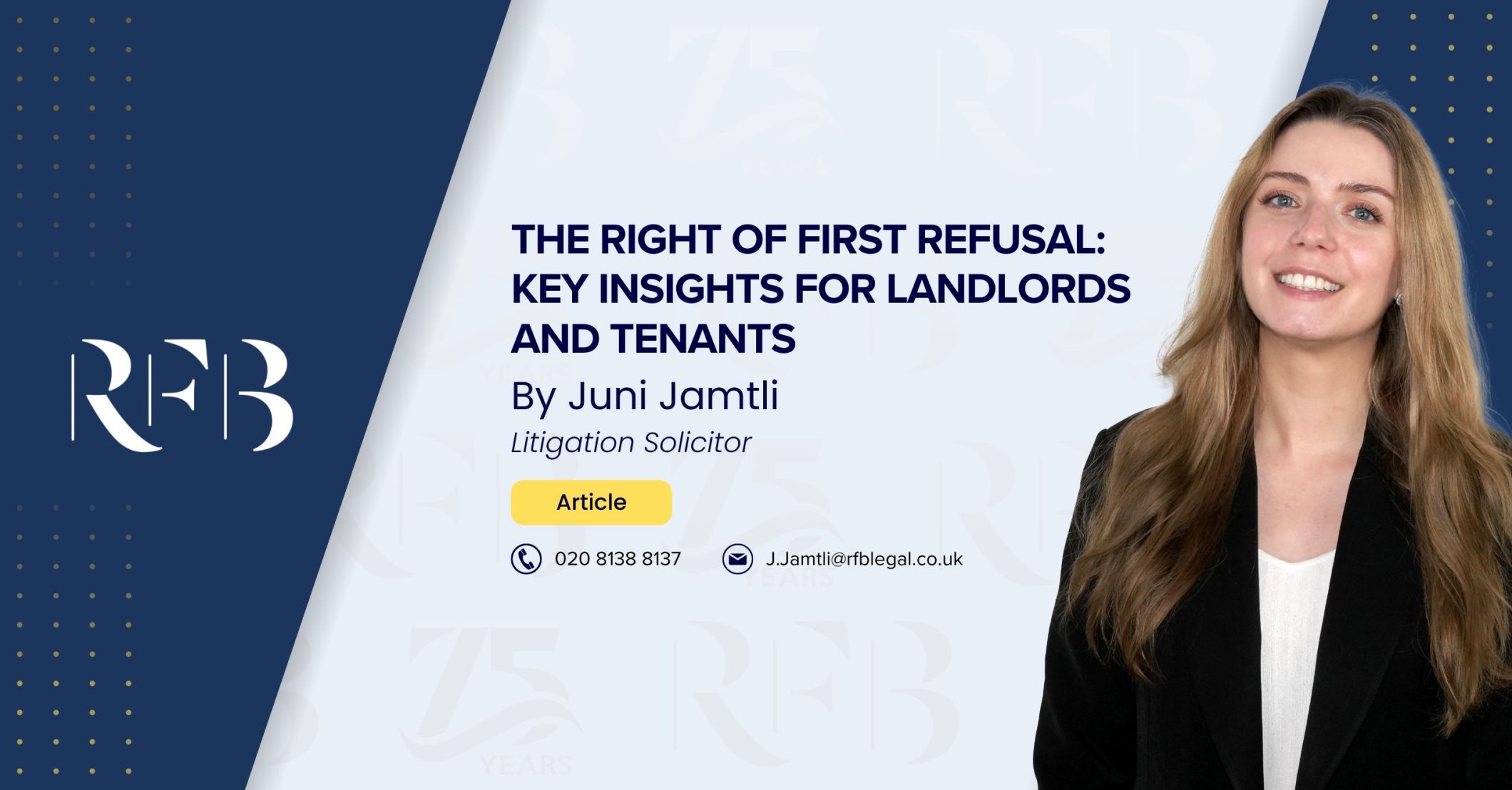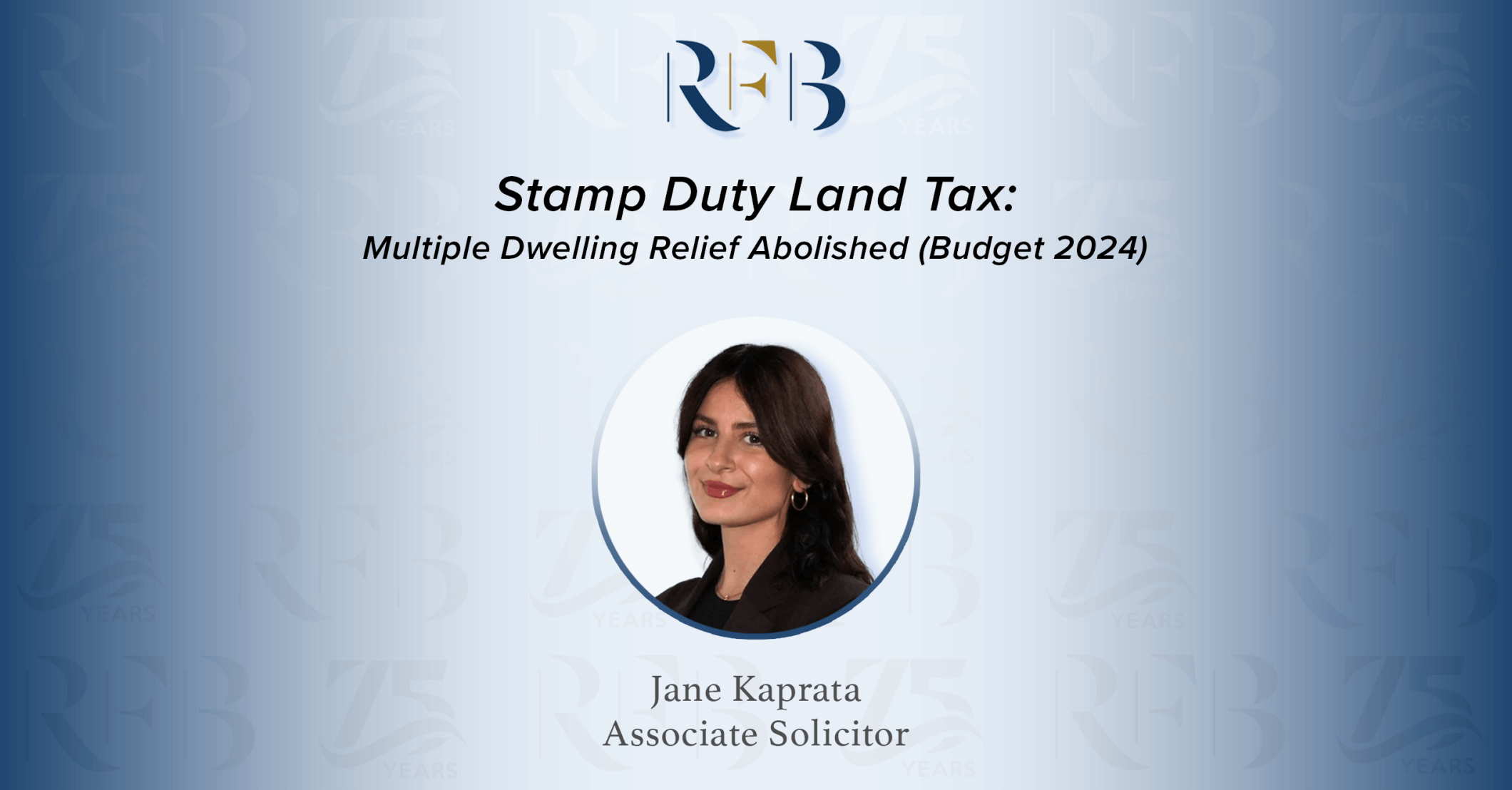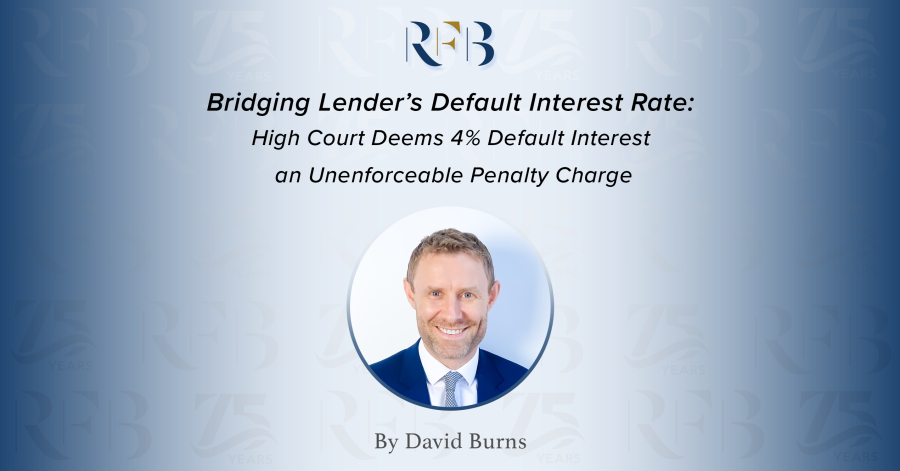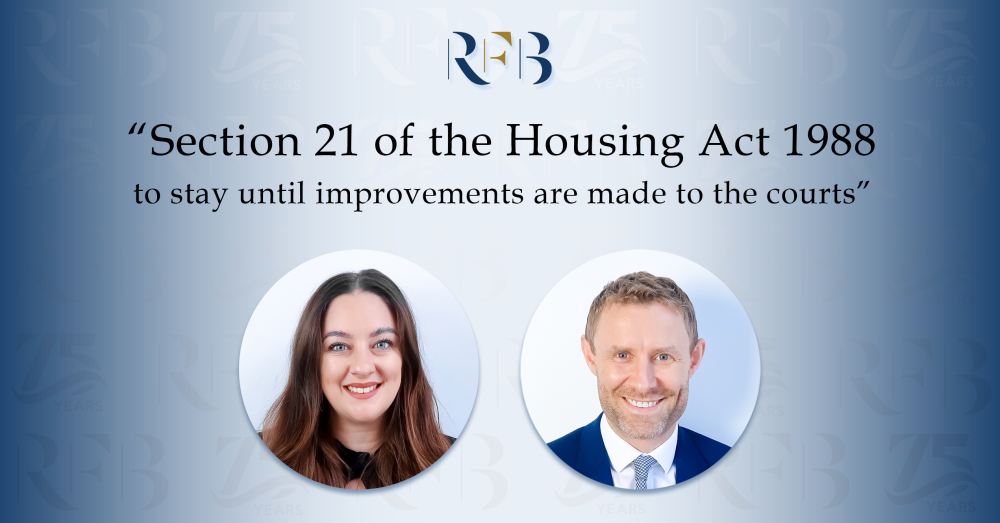In a recent case – the High Court has held that a default interest rate of 4% in a short-term loan agreement secured by residential property constituted a penalty and was unenforceable.
The Collateral and Terms of the Loan
The lender (L) loaned £1.9 million to another company, owned by H and N, secured by mortgages on various properties, including their family home and five buy-to-let properties.
The Loan agreement provided that in the event of a material breach, L could appoint a receiver, sell the properties, and impose a 4% per month default interest rate in the event of a material breach.
Assessing Whether a Default Interest Rate is a Penalty
The 4% monthly default interest rate, a fourfold leap from the standard rate, proved to be an unenforceable penalty. Applying the principles from the case of El Makdessi v Cavendish Square Holdings BV, the central question in assessing whether a default interest rate is a penalty is whether the extent of the uplift has a satisfactory explanation in protecting a legitimate interest. While, in principle, charging a higher rate on default could be commercially justified because of an enhanced credit risk for a borrower, it was doubtful that this could be claimed here by L.
Why Higher Default Rates Could Not Be Justified
H’s and N’s credit issues could have legitimately led a lender to consider them to be a higher risk. However, there were additional factors to consider:
1. L had previously priced in an increase to reflect the additional credit risk, moving the rate from 0.7% to 1% to reflect a judgment against N. L did not provide any evidence as to why late payment justified an increase of a further 3% when a 0.3% increase had been sufficient in relation to the standard rate to adjust for creditworthiness
2. The same level of default interest applied regardless of the nature of the breach
3. The default rate was set centrally by L, meaning that it could not be set by reference to the specific risks of the borrower or the particular loan. Expert evidence suggested that a typical default rate at the time of the loan was lower than the default rate in this case.
The Legal Takeaway
The case of underlines two critical principles:
1. Customised Rates: Interest rates should be tailored on a transaction-by-transaction basis to protect the ‘legitimate interest’ of the lender
2. Proportionate Penalties: The rate should be proportionate to the risks faced by the lender in a default scenario
Contact Us
Should you have any queries about this topic please contact senior litigation Partner David Burns by email at D.Burns@rfblegal.co.uk or by phone on 07762318409.
Additional Info
- News Author:David Burns






